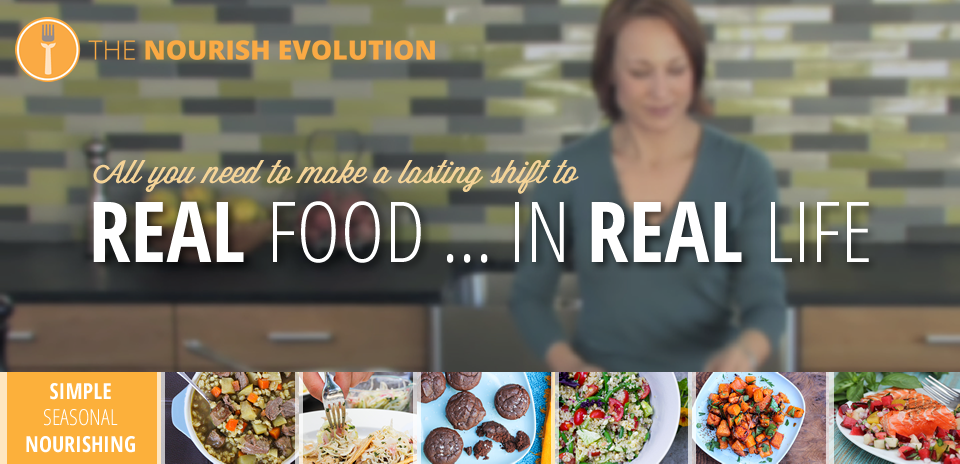Here’s a question. If you bought a pickled cucumber from Marge’s Farm at the farmers’ market and it made you sick, would you need to sift through a mound of paperwork to find out where that pickle came from? Not so much. But if the pickle that made you sick came from a jar on a supermarket shelf, you (or more accurately, others) would be grateful that the paper trail existed, so that source of bum pickles could be singled out before it caused harm to others. Two completely different scenarios, right? Not, right now anyway, according to the Food Safety Enhancement Act just passed by the House.

This bill embodies both great opportunity (to improve food safety in a largely industrialized food system) and great threat (to quash the burgeoning small and organic farm movement in America), and I could write at length about any number of issues on either side of the coin. Right now, though, I’d like to focus in one aspect that I feel must be addressed not just in this bill, but in the way we view agriculture in America: specifically, that there is a fundamental difference in the way small—particularly organic—farms function and the way large, industrial outfits do.
One takes a long-term view with the goal of creating a healthy ecosystem. The farmer is continually observing, experimenting and adapting to foster the health of his land. It’s an inherently intimate relationship. The other depends largely upon efficiencies: soil amendments to boost short-term production; pesticides and herbicides to kill weeds and pests with minimal labor and cost; seeds that are engineered to increase yield. It, by contrast, is an inherently impersonal relationship.
Now I’m not arguing that all agriculture should be one way or the other; in the world we live in, there’s a need for some form of both. I’m simply saying that the first step to creating legislation that truly protects our food supply—all aspects of it—needs to acknowledge that there are some major differences between small and large.
The good news is, lawmakers are willing to address concerns about the bill before it goes before the Senate this fall. So stay tuned on NOURISH Evolution to learn more about the issues and how to make your voice heard.

 What It Looks Like: Farro–specifically “semi-pearled” or “semi-perlato” farro, which has been lightly polished–looks a bit like barley with a dusty coating.
What It Looks Like: Farro–specifically “semi-pearled” or “semi-perlato” farro, which has been lightly polished–looks a bit like barley with a dusty coating.
 function. The outer bran layer serves to protect the more vulnerable germ and endosperm and is equipped with fiber and antioxidants. The germ has vitamins, minerals, healthy fat and protein to nurture the into sprouting new life, and the endosperm is like the power generator, holding the carbohydrates and protein that fuel growth.
function. The outer bran layer serves to protect the more vulnerable germ and endosperm and is equipped with fiber and antioxidants. The germ has vitamins, minerals, healthy fat and protein to nurture the into sprouting new life, and the endosperm is like the power generator, holding the carbohydrates and protein that fuel growth.
 While it’s easy to feel that we alone have no say in what’s available at the fish counter, that’s just not so. When it comes to voicing a desire for more eco-friendly alternatives, now more than ever companies are likely to listen. Here are a few tips to jump-start the conversation:
While it’s easy to feel that we alone have no say in what’s available at the fish counter, that’s just not so. When it comes to voicing a desire for more eco-friendly alternatives, now more than ever companies are likely to listen. Here are a few tips to jump-start the conversation:
 {My daughter, Noemi, triumphant with the one and only bunch of carrots we reaped from our garden this year}
{My daughter, Noemi, triumphant with the one and only bunch of carrots we reaped from our garden this year}